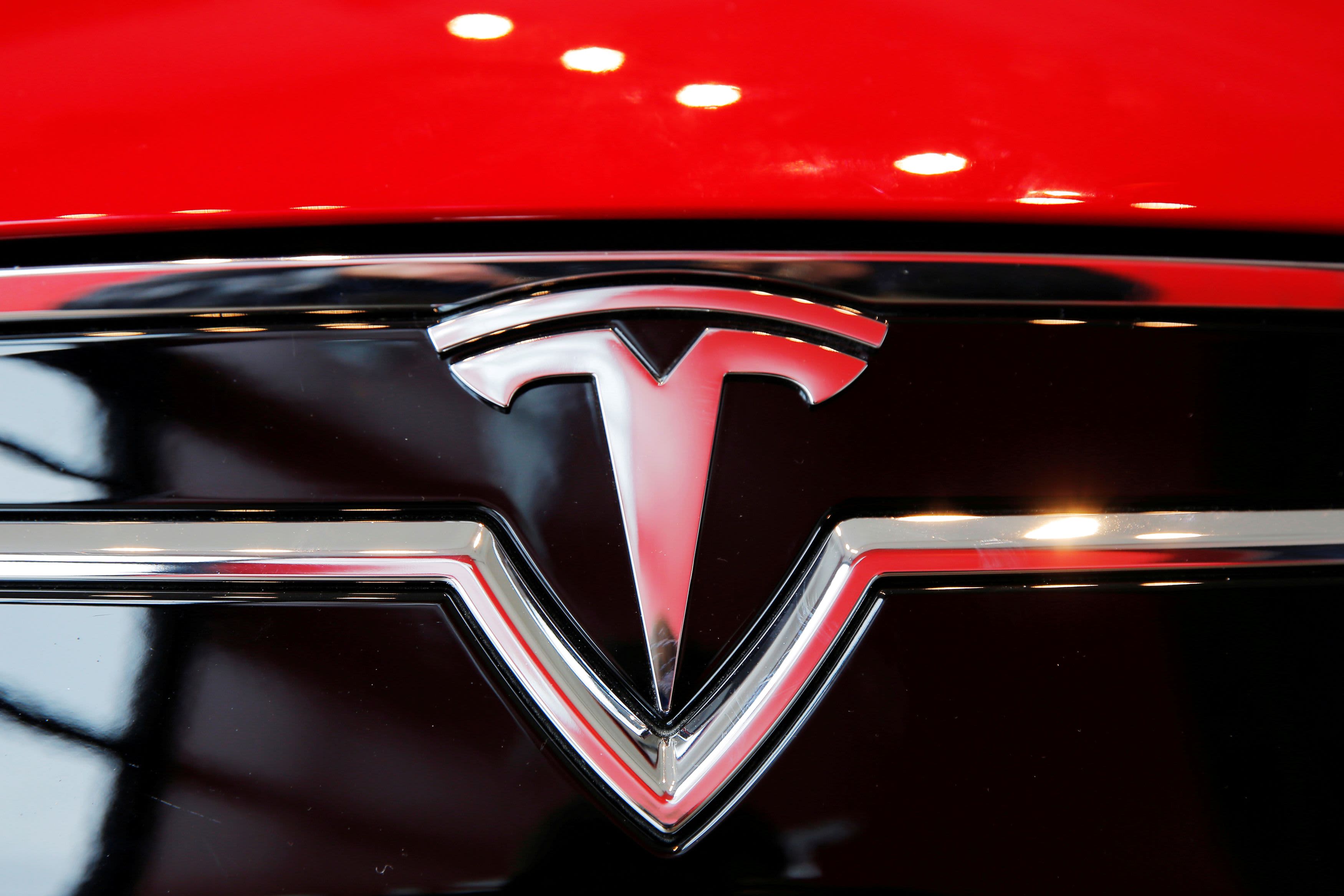Darlington nuclear looks ahead
By Toronto Star
Protective Relay Training - Basic
Our customized live online or in‑person group training can be delivered to your staff at your location.

- Live Online
- 12 hours Instructor-led
- Group Training Available
Not very old, really — they’re the newest in Ontario, first delivering power in the early 1990s.
OPG gave journalists a rare tour of both the present and the future.
The present: A hulking, 1.1-kilometre-long, white-clad building just south of Highway 401 housing four reactors. A huge facility, but mostly hidden from public view by massive earthen berms.
The future: A scrubby patch of ground sloping down to the shores of Lake Ontario, sandwiched between the existing nuclear station and the St. Marys Cement plant to the east.
ThatÂ’s where OPG wants to build first two, and ultimately four, new reactors, with the first units due to start up about a decade from now.
Environmental hearings on the plan are underway a few kilometres from the plant in the village of Courtice, east of Oshawa — but the company hasn’t even picked the type of new reactor it wants to build.
The timing, in some ways, couldnÂ’t be worse for an environmental hearing, with the Japanese nuclear disaster sill unfolding.
But Brian Duncan, OPGÂ’s vice-president in charge of Darlington, insists the type of damage wreaked in Japan wonÂ’t happen here.
Canada simply doesnÂ’t get that kind of quake, Duncan said.
“For that Japanese plant, it was the tsunami that took out their auxiliary cooling” that created the disaster, Duncan said.
“It was the one-two punch. It’s just incredible for this area to see something like that.”
Federal government seismologists have told the environmental panel on the proposed reactors that the Japanese quake was immensely powerful and close to the surface of the Earth. That lifted the ocean floor several metres, displacing huge volumes of water that surged over the land, overwhelming the nuclear plants and causing massive destruction across the landscape.
Quakes in Ontario are weaker and deeper within the EarthÂ’s crust, they said. They wonÂ’t displace the lakebed, so thereÂ’s no likelihood of a massive Lake Ontario wave washing ashore at Darlington or its older sister, the Pickering nuclear station.
Duncan acknowledges that there are lessons to be learned from Japan.
The first one has already hit home. Emergency planning generally focuses on events within the plant.
But what happens if, as in Japan, the surrounding area is also devastated, with roads and bridges knocked out?
“You’re going to have workers in the plant. How do you get food and water to them?” Duncan asks. Better docking facilities may be needed, for emergency supply by water.
The backup generators that run the plantÂ’s critical systems needed to keep hot fuel cool, and to maintain plant controls, have fuel for a month.
But the Japanese crisis has persisted longer than that.
The hot, used fuel must be stored in cooling pools — with the water circulated by electric pumps — for 10 years before it can be stored in dry, air-cooled containers.
Then thereÂ’s the long-term problem, still unsolved, that hangs over all nuclear plants: A permanent storage facility for the spent fuel, which remains highly radioactive, has still not been found.
The Nuclear Waste Management Organization is talking to several communities that have expressed interest in hosting a permanent storage facility. Currently, spent fuel must be housed on the site.
The complex plans for dealing with emergencies are evident everywhere.
A massive building on the plantÂ’s south side is filled with less than nothing.
ItÂ’s a vacuum building. Should an accident happen and the reactor building fill with radioactive steam, the vacuum buildingÂ’s low pressure will suck in the steam and turn it into water, to be contained in the building.
Everywhere in the plant are “steam doors” to keep steam from damaging sensitive electronic equipment. And everyone in the plant routinely passes through radiation detectors as they move from area to area.
But for now, the plant is running smoothly, with three reactors at full power and one out for scheduled maintenance. Each reactor is colour coded, so technicians can be sure they’re working on the right one — a vital safety issue in a plant where four identical reactors are lined up in a row.
Darlington alone supplied about 19 per cent of OntarioÂ’s electricity last year.
One of the problems currently occupying the attention of power system planners is what to do when Darlington isnÂ’t there.
ThatÂ’s no academic exercise, as the existing plant is due for a mid-life refit starting in 2016 that will sharply reduce its output for several years.











